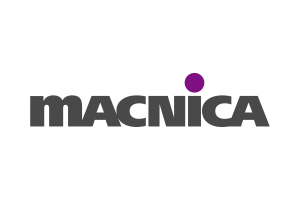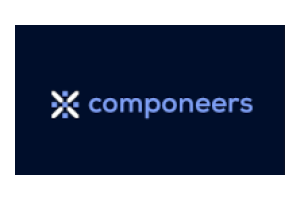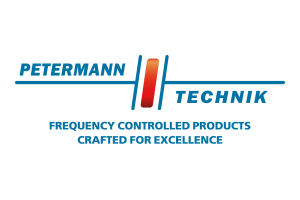LeddarTech acquires VayaVision
»The most accurate 3D Environmental Model «
Fortsetzung des Artikels von Teil 2
Page 3
What are the next steps?
The first product we will offer as a standard product will be LeddarVision. LeddarVision is based on Leddar Pixell, a wide field-of-view 3D solid state LiDAR sensor we introduced some months ago. We are also working with some customers on a fusion platform for radar and camera as well as radar, camera and LiDAR. Of course, we are also considering how we can further complete our product portfolio. We are acquisitive!
What does this mean?
We are an automotive sensing company and our goal is to provide the most comprehensive end-to-end sensing solution for ADAS and autonomous driving. Accordingly, we are interested in everything that improves the environmental sensing around the vehicle, that is, complementary technologies like VayaVision's, but also improvements to our existing SoCs, or even additional software that helps to make the vehicle safer.
In other words, all technologies that affect the detection of the vehicle's environment and also the vehicle interior. They have to be complementary to the technologies offered by our partners. Our partners also have access to all technologies we offer. LeddarTech is a supplier of components and software for the automotive industry. Our customers develop LiDARs, ADAS and AD systems and we offer a suite of SoC along with components, software, reference designs and tool kits for them to develop a complete system.
What is the goal of the combination of Leddar Pixell and VayaVision software, is it about a shortened time-to-market?
Yeah, that's the point. With this standard product, we want to accelerate the time to market while reducing development complexity and cost while providing a complete lineup of off-the-shelf products (components and software) they can choose from to finalize the design of their ADAS and AD system. .
What are the timelines that LeddarTech has set itself to get to market with the new product?
We expect customer demos to be available later this year, 2021 spring will be available to all customers for series production.
In the automotive sector, ISO 26262 comes into play for safety-critical applications, whereby certification is more likely on the system side…
Yes, but we provide SoCs, software solutions that are designed according to ASIL-B and ASPICE. The new LeddarTech perception and fusion stack based on the VayaVision approach meets the requirements for automotive safety and redundancy.
With this acquisition LeddarTech enters into direct competition with Mobileye/Intel, how do you position Leddartech compared to the competition?
Although we take a similar approach to Mobileye, where Mobileye comes from the field of camera or vision processing, we come from the field of LiDAR processing. Mobileye/Intel has already moved up the value chain and now offers complete end-to-end solutions for Level 2 and Level 3. But this is a black box, the OEMs/Tier-Ones have to take it as it is and the data belongs to Mobileye. Our approach is completely different. We offer an open architecture that enables the Tier-1/2 or OEM to innovate on top of our solution. We started with solid-state LiDAR data processing and now we can offer end-to-end solutions up from SAE Level 2 to level 5 for ADAS and automated driving.
The advantage for the customers when they rely on LeddarTech: They can develop their own innovations based on our architecture and we share the data with them. They decide on every component that makes the complete system including choosing the processor, the OS, the camera, radar or LiDAR solution. We can work with them to develop a complete custom solution that enables to not only innovate but also to differentiate themselves in the market while collaborating with LeddarTech and its partners to maximize value their value creation and retention. This is very important for OEMs and their Tiered suppliers to be able to innovate and create solutions to differentiate themselves.








